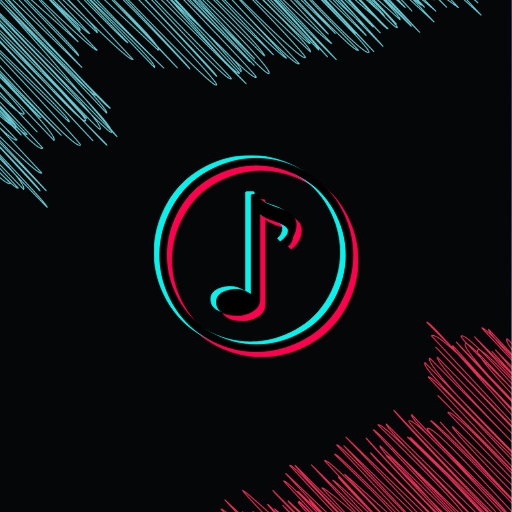Introduction
TikTok is taking a significant step to safeguard the mental health of its younger audience by introducing age restrictions on certain beauty filters. These changes, set to roll out in the coming weeks, aim to prevent users under 18 from accessing specific appearance-altering effects. Additionally, TikTok plans to enhance transparency by providing clearer explanations of what these filters modify.
Restrictions on “Realistic” Beauty Filters
While playful and exaggerated effects—like adding animal ears or distorting facial features in humorous ways—will remain accessible, filters that promote “flawless” skin, longer eyelashes, or slimmer facial structures are the primary targets of this new policy. For example, filters like “Bold Glamour” subtly alter appearance and create unrealistic beauty standards. Furthermore, TikTok acknowledges the difficulty in detecting the manipulative effects of these filters, which can significantly distort reality.
A Global Initiative
In addition to restricting access, TikTok is addressing growing concerns about the impact of beauty filters on young users’ self-esteem and body image. Dr. Nikki Soo, TikTok’s Head of Public Policy for Safety and Well-being in Europe, confirmed that age restrictions for these filters will be implemented globally. Consequently, this move reflects a broader awareness of the psychological effects and aligns with efforts to promote healthier online environments for young users.
Response to Expert Concerns
The online child safety organization Internet Matters recently reported on the potential harm caused by beauty filters. The report highlighted how these tools normalize digitally perfected images, creating challenges for children to recognize such manipulations. Consequently, many children face significant social pressure to conform to unrealistic appearance standards.
Expanding Support Resources
Beyond filter restrictions, TikTok plans to launch new resources across 13 European countries. These resources aim to guide users who report content related to suicide, self-harm, hate speech, or harassment towards local helplines. Additionally, TikTok’s platform currently boasts over 175 million monthly active users in Europe alone.
Christine Grahn, TikTok’s Head of Public Policy in Europe, stated, “Safety is an ongoing journey. We are committed to learning from our community, collaborating with experts, and continuously improving. If our users don’t feel safe, they cannot express themselves on TikTok, which undermines the essence of our platform.”
Enhancing Age Verification Technology
To further protect its younger audience, TikTok is also developing advanced machine-learning technology to identify and remove users under the platform’s minimum age of 13. In cases where accounts are removed, users will have the opportunity to appeal. Notably, the company reports removing around six million accounts annually that violate age restrictions.
Leading by Example in User Safety
These initiatives clearly underscore TikTok’s commitment to enhancing user safety, particularly for younger audiences. As a result, these measures could set a benchmark for other social media platforms to follow. Experts warn that beauty filters can promote unattainable body ideals, leading to body image issues and mental health challenges among teens. By taking proactive steps, TikTok aims to mitigate these risks and foster a healthier online environment for all users.
Conclusion
In conclusion, TikTok’s efforts to restrict beauty filters and enhance user safety reflect a broader commitment to fostering a supportive digital environment. By addressing key concerns like mental health, body image, and age-appropriate content, the platform sets an example for industry-wide changes. Ultimately, these measures emphasize the importance of protecting young users while promoting authenticity and well-being online.


